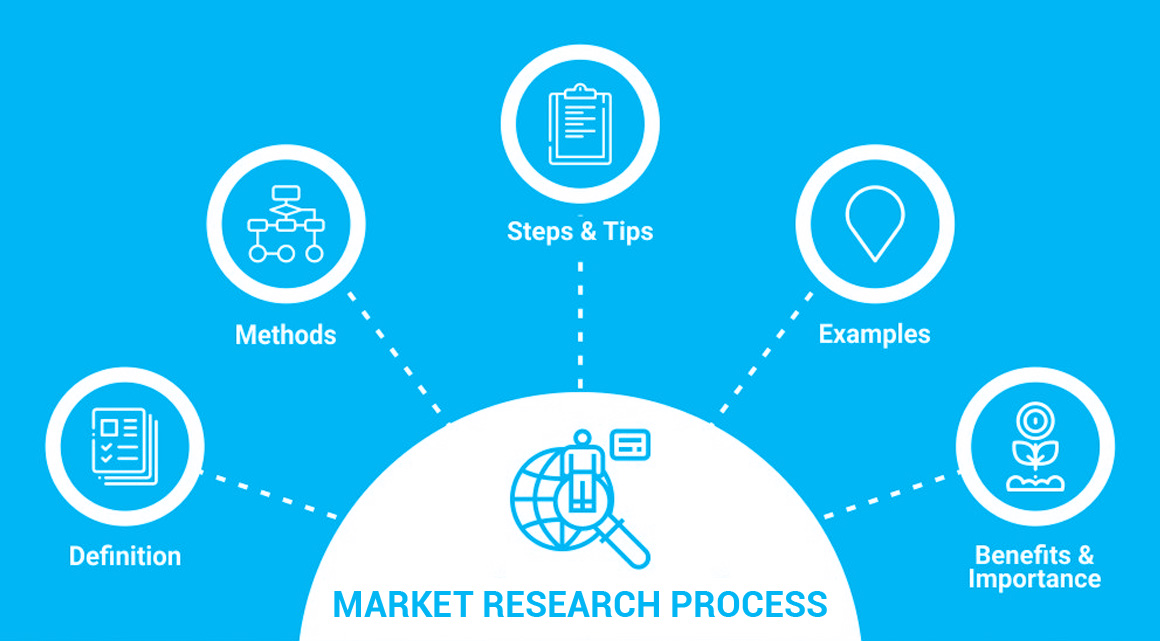
The global market for rheumatoid arthritis treatments is expected to grow at a CAGR of...
Learn More
Our consulting solutions address company specific challenges with respect to micro environment...
Learn More
Organizations frequently need day-today research guidancein order to gain strategic...
Learn More
Exploring different areas of market research and market analysis is a key factor...
Learn MoreAcute Market Reports presents the most extensive global business research services across industries. Our research studies focus on potential outcomes, benefits, and risks associated with each market segment across geographies. Having served our global clients for more than 10 years, our prime priority is to enable our clients in making well-informed business decisions through a data-driven, analytical, and uncomplicated research approach.
We provide access to the world's most comprehensive, analytical, and updated business intelligence services and solutions.




The advertising-based video on demand (AVOD) market is a dynamic segment within the digital entertainment landscape, witnessing significant growth and evolution. The AVOD market is expected to grow at a CAGR of 29.2% during the forecast period of 202...
Read More
The data center it asset disposition market is expected to grow at a CAGR of 7.2% during the forecast period of 2025 to 2033, spanning technological advancements, environmental sustainability, and data security concerns. The data center it asset disp...
Read More
miRNA, or microRNA, are small non-coding RNAs that play a vital role in the regulation of gene expression. The miRNA Sequencing and Assay market revolves around the technologies and methodologies employed to study these RNA molecules, which have been...
Read More




